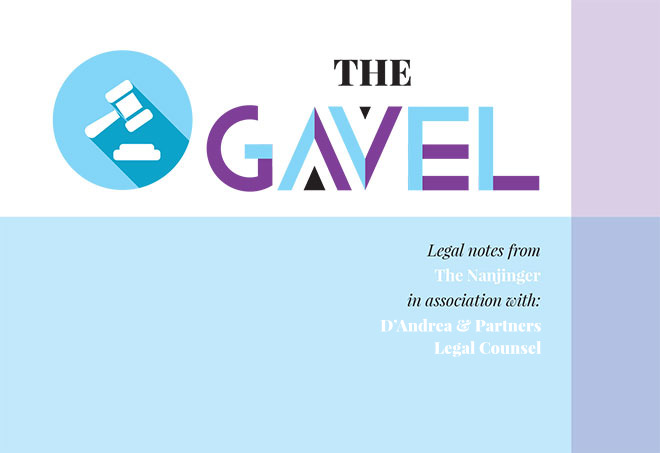One of China’s major priorities is technology innovation, as PRC becomes a world leader in quantum research, challenging the USA in the race to develop quantum computers, as well as creating its own successful space program.
Research and development (R&D) is the backbone of innovation. Intellectual Property (IP) protections, such as patents, are critical for innovation and they are also one way to measure innovation trends. Patents secure exclusive rights to an invention, and thereby offer insight into key areas of innovation. Herein we assesses the relationship between patents and innovation by exploring trends in patent applications by Chinese inventors at various different patent offices.
According to WIPO’s annual World Intellectual Property Indicators (WIPI), innovators across the globe filed 3.3 million patent applications in 2018, up 5.2 percent for a ninth straight yearly increase.
Asia continues to outpace other regions in filing activity for patents, trademarks, industrial designs and other intellectual property rights. China alone accounted for almost half of all the world’s patent filings, with India also registering impressive increases, making Asia the global hub for innovation.
- The Role Played by Character in China’s Legal System
- AI Face Swapping; the Legalities of Personal Data Security
- Sexual Harassment & Other Illegalities in the Gyms of China
Asia accounted for more than two thirds of all patent, trademark and industrial design applications in 2018, with China driving overall growth in demand for IP rights as the United States of America maintained its primacy in patent applications filed in export markets.
Beijing has implemented several measures to improve China’s patent system. In 2008, the Chinese government started a national IP strategy and passed revisions to its existing Patent Law. The National Patent Development Strategy began in 2010 and in January, 2019, new amendments to the Patent Law were proposed.
Government efforts have had an impact as China has rapidly become the world leader in patent applications. China’s IP office received the highest number of patent applications in 2018, a record 1.54 million applications that amount to 46.4 percent of the global total and 708,799 industrial design applications, corresponding to 54 percent of the world total.
- Laws of Living; 4 Top Legal Concepts for Foreigners in China
- Soil Pollution in China; New Law, New Hope
- How to Avoid a ¥8 Billion Fine for Tax Evasion
China’s relatively small contribution to the total number of triadic patents is also notable. These patents, filed jointly in Japan, the United States and the European Union, are considered the gold standard among patents. Triadic patents are difficult to obtain, but generally generate more revenue than other patent types. In 2016, China was the fourth largest contributor to triadic patents at 6.9 percent, behind Japan (31.0 percent), the United States (25.4 percent) and Germany (8.1 percent).
In a press conference in January, the Chinese National Intellectual Property Administration (CNIPA) released the annual statistics for 2019, indicating a drop of 9.1 percent in invention patent application filings from 2018. This drop may indicate a slowing economy or an increase in patent quality. Nonetheless, Chinese invention applications filed in 2019 totalled a staggering 1.401 million. The CNIPA also stated that 453,000 invention patents were granted in 2019, a 4.8 percent increase from 2018. The top three invention patentees were Huawei Technologies, China Petroleum & Chemical Corporation and OPPO Guangdong Mobile.
Innovation is the process by which new knowledge and ideas are created. Global leaders in innovation produce the scientific discoveries and technological advances that shape the modern world. It is a primary source of national power, as a country’s ability to develop new products and methods of production enables it to produce the goods desired by others. In turn, innovation creates wealth, leads to technological advancement, and fosters further innovation through the development of derivative products. When measuring China’s growing international influence, it is essential to consider the sources of Chinese innovation.









